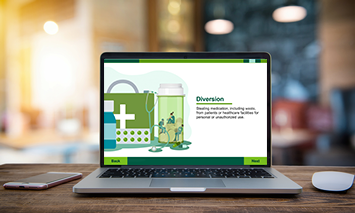Instructional Design
Gone Vegan
Client
Student Project, East Carolinia University
About
The board game "Gone Vegan" is an immersive game crafted to enlighten vegans, vegetarians, and meat-eaters about the diverse aspects of embracing a vegan lifestyle. This engaging game encourages players to delve into plant-based living while comprehending the potential advantages and considerations.
Players encounter decision cards presenting various food options, prompting them to roll the dice to determine whether they opt for a vegan or non-vegan item. Throughout the game, each player tracks their intake of vitamins, cholesterol, fat, and calories to gain a deeper understanding of the nutritional values associated with both diets.
Additionally, when players land on question mark spaces, they are challenged to answer thought-provoking questions concerning the environmental impact and animal welfare connected to meat consumption to foster awareness about the broader implications of dietary choices.
Development Process
To begin the development process, I conducted thorough research on the nutritional aspects of vegan and meat-based diets and the corresponding environmental impacts and benefits. Additionally, I delved into plant-based meat alternatives, comparing their nutritional profiles regarding calories, fat, cholesterol, vitamins, and protein content. This comprehensive exploration allowed me to grasp the strengths and weaknesses of each diet.
Drawing from this knowledge, I conceived the concept of simulating a grocery store experience, where players must make choices based on the perceived healthiness of available options. I added question cards into the gameplay to infuse an element of competition beyond mere chance.
With the game board sketched, I created the necessary cards to match the number of spaces on the board. To enable players to keep track of their scores, I designed nutrition cards for recording relevant information.
Moving on to the visual aspect, I acquired photographs and employed Photoshop to remove the backgrounds of the various food items. Next, I used Adobe Illustrator to craft a floor plan and placed the images on the shelves. The game board was printed using a laser printer and manually assembled using glue, decorative paper, and fabric. For the game pieces, I handcrafted them using a combination of metal, clay, and wood. Lastly, I constructed a custom-made box and incorporated dry-erase markers for scorekeeping.
Through this hands-on process, I aimed to create a visually appealing and engaging board game experience that incorporates knowledge, nutrition, and competition elements to create a learning experience for all players.

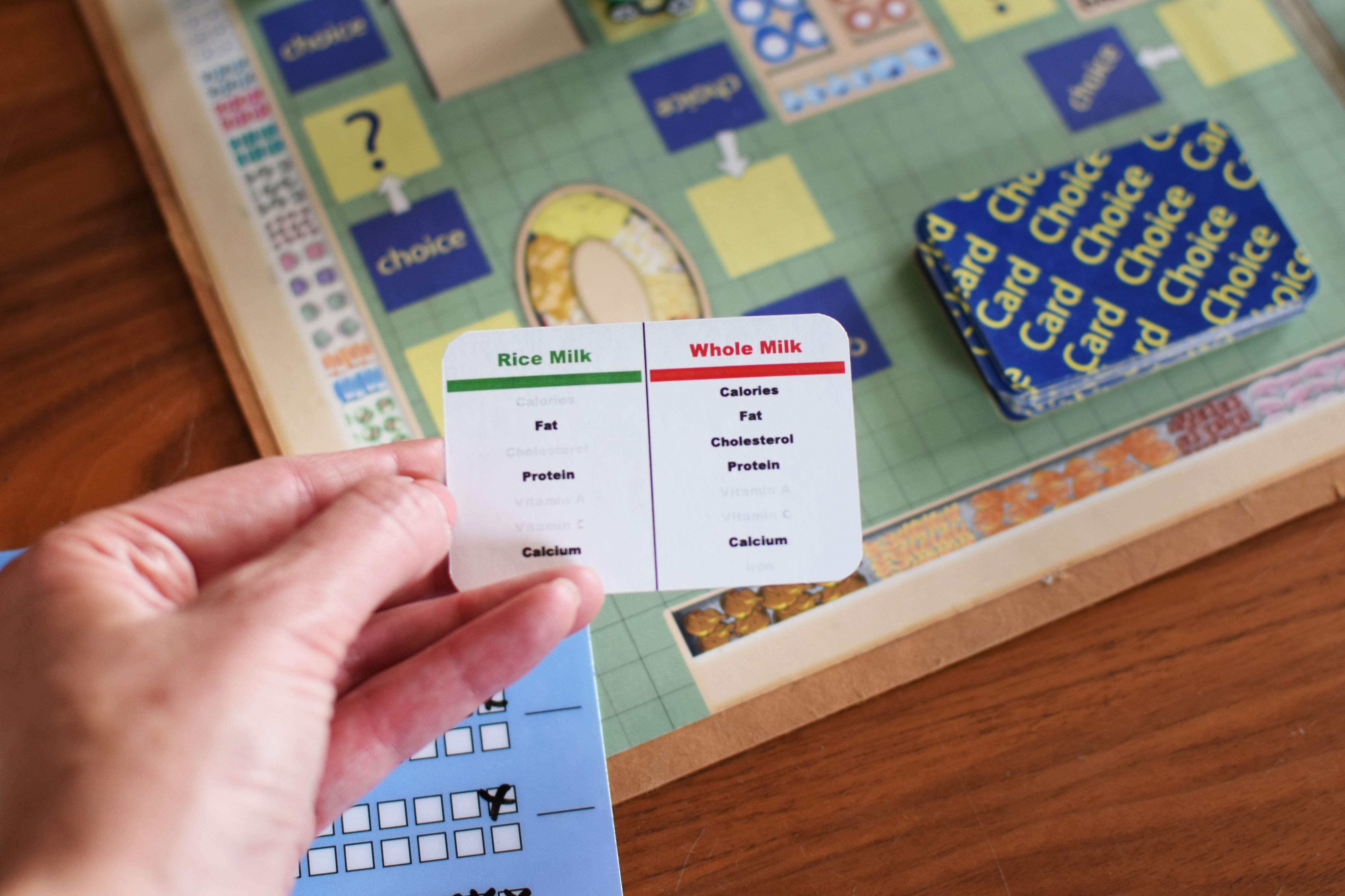
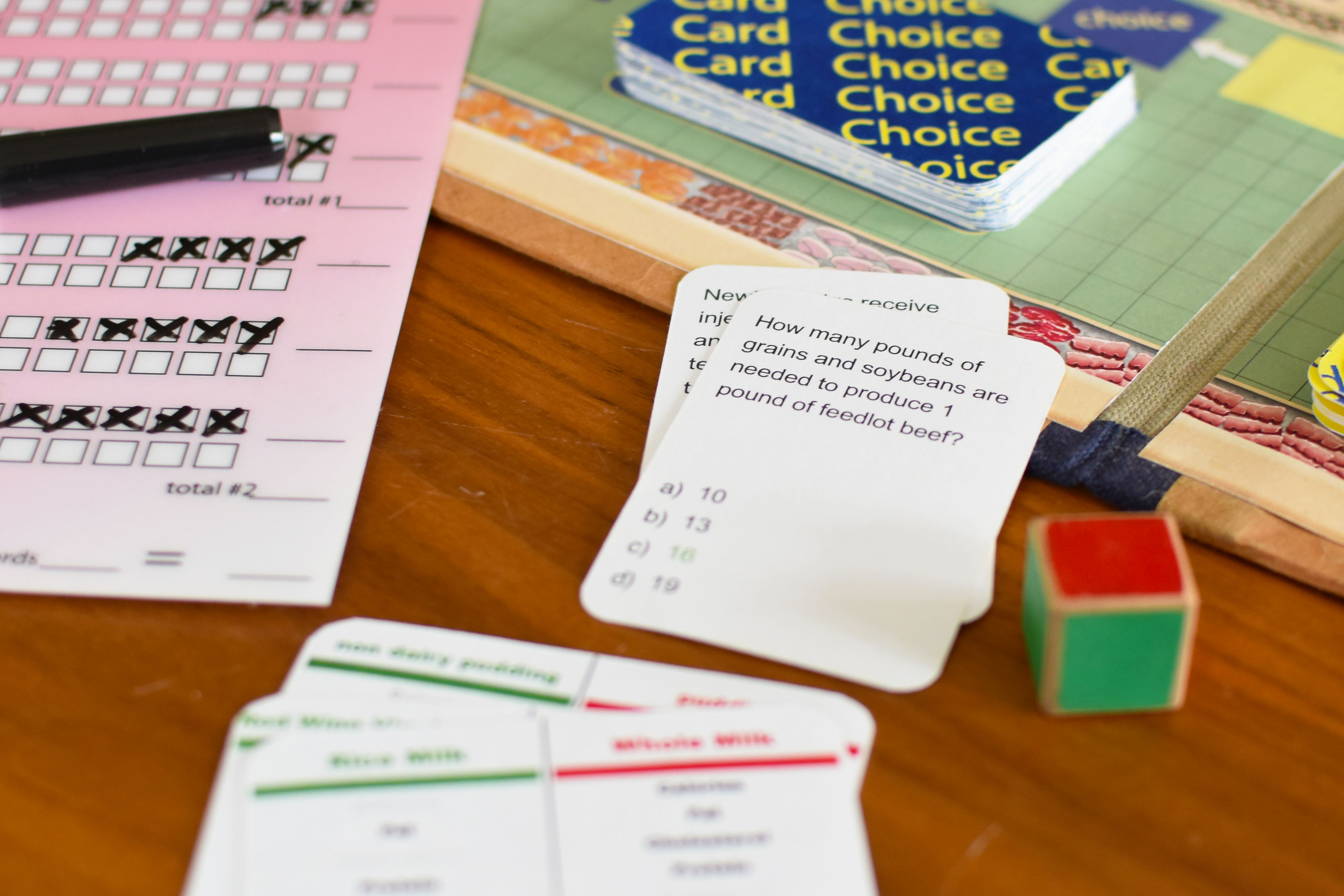
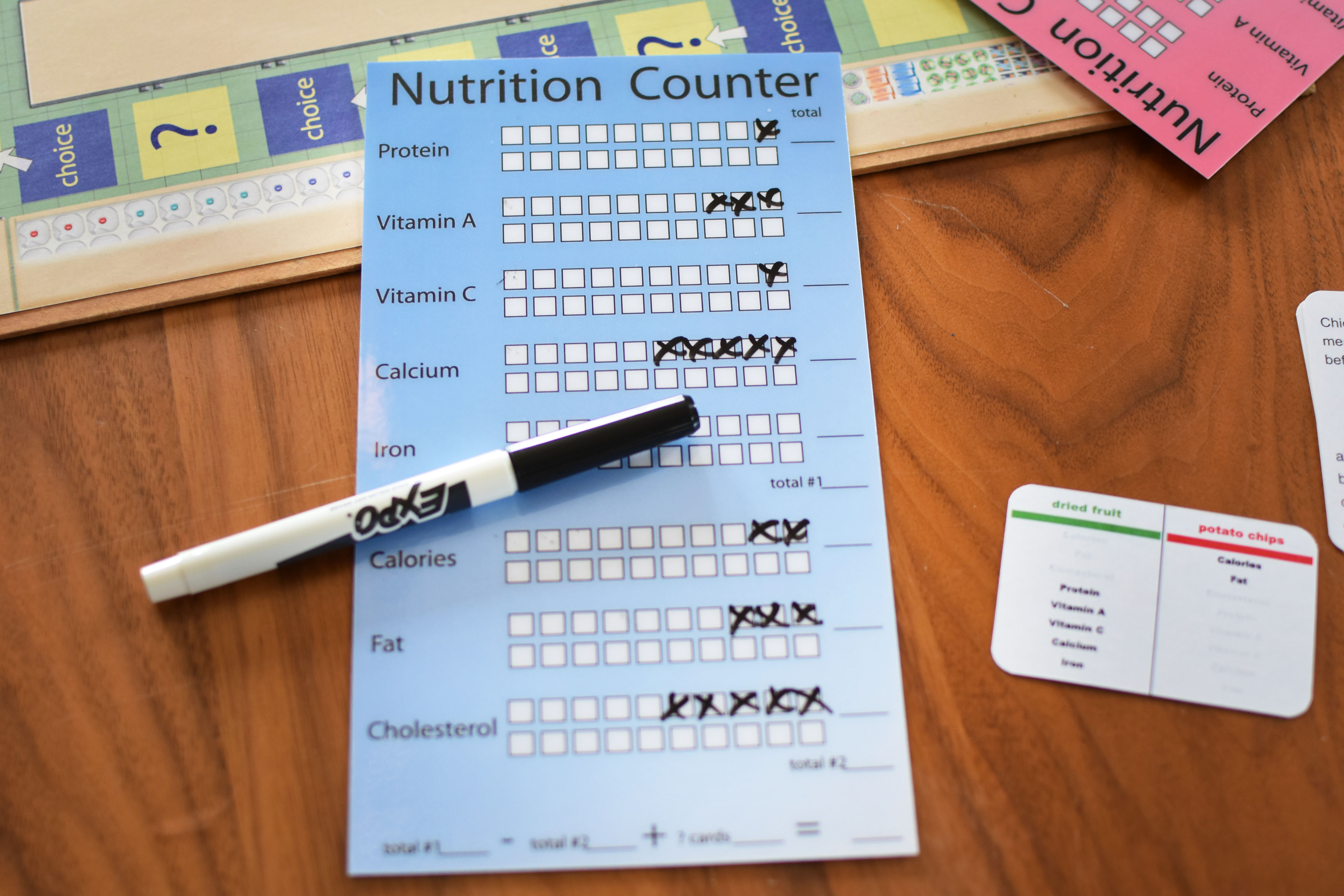
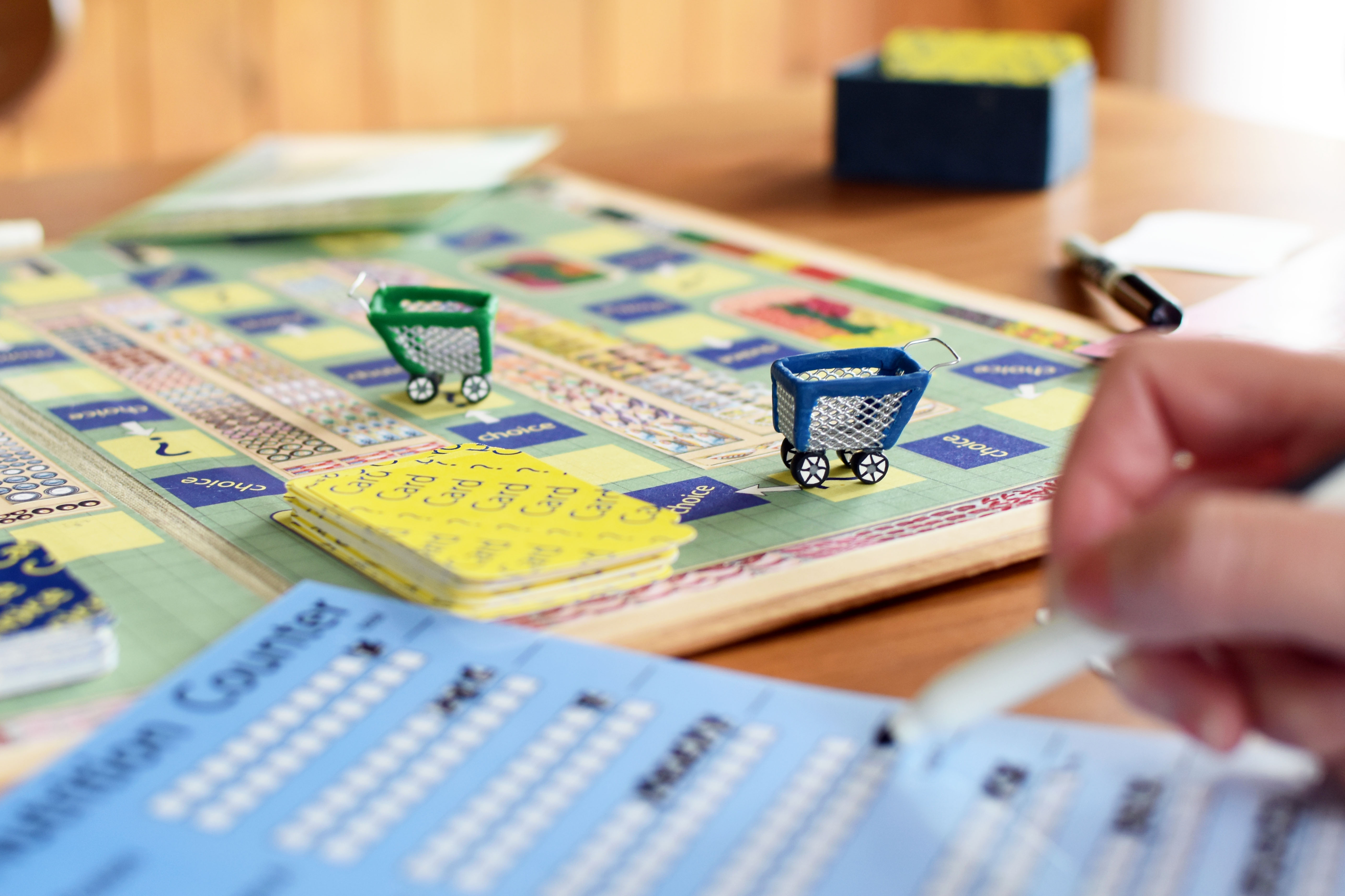

Software
Adobe - Illustrator, and PhotoshopMaterials
clay, metal, paper, fabric, and chipboardOther Instructional Design Projects
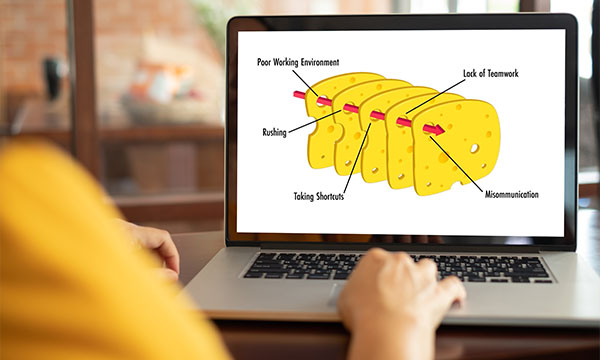
The Accident at Tenerife
An animated instructional video about the airline accident at Tenerife Airport that killed 583 people.

Biosafety Level 2 Learning Module
An interactive lecture developed in Articulate Storyline focusing on safety procedures for Level 2 labs.
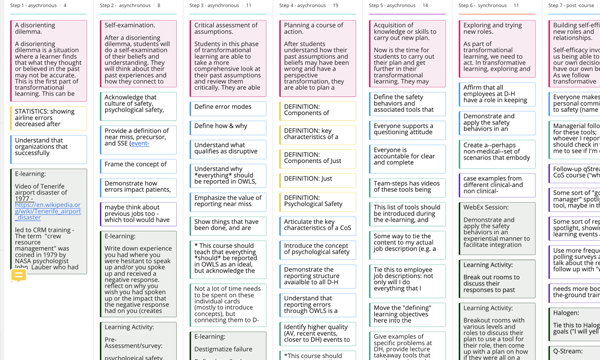
Curriculum Development of a Patient Safety Course
An example of the curriculum development process for a system wide patient safety course.
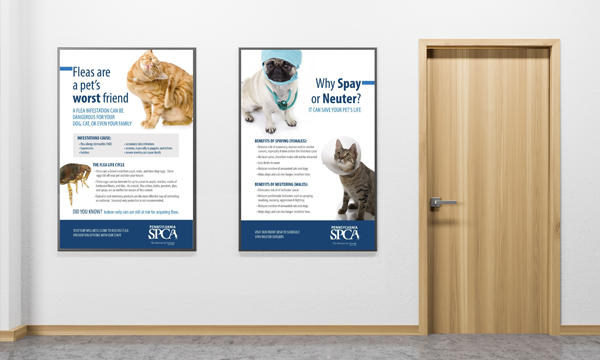
Animal Welfare Posters
A series of educational posters designed to hang within the Pennsylvania SPCA’s waiting room and hallways.
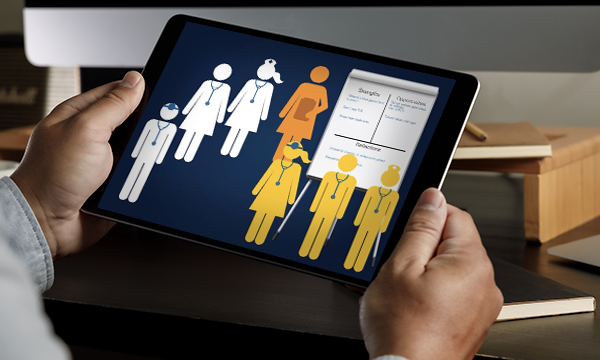
The ALERT Method
An animated video of an overview of a debriefing method for Drexel’s Emergency Medicine department.
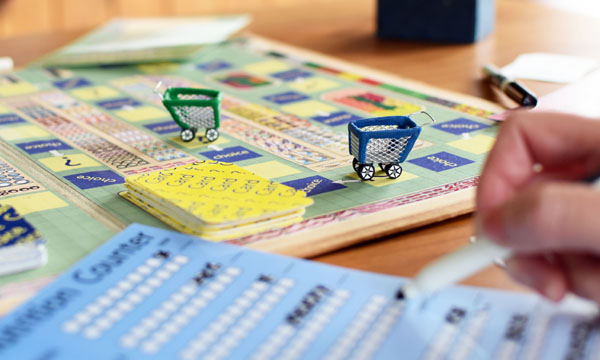
Gone Vegan
An educational board game that promotes an understanding of the environmental and nutritional aspects of the vegan diet.

Non-clinical Errors Can Also Cause Patient Harm
An animated explainer video focusing on a medical error that took place at Duke University Health System.
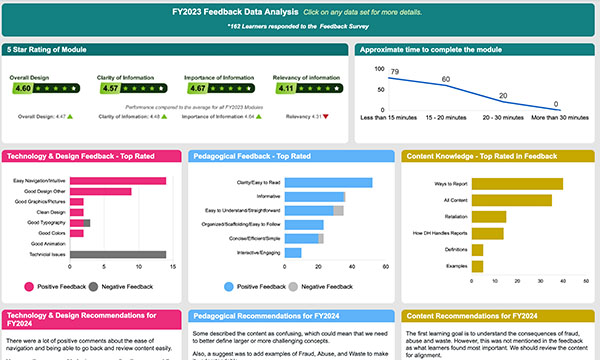
Smartsheet Learning Analytic Dashboards
An innovative eLearning Hub created in Smartsheet to analyze qualitative feedback data by aligning it to the TPACK framework.
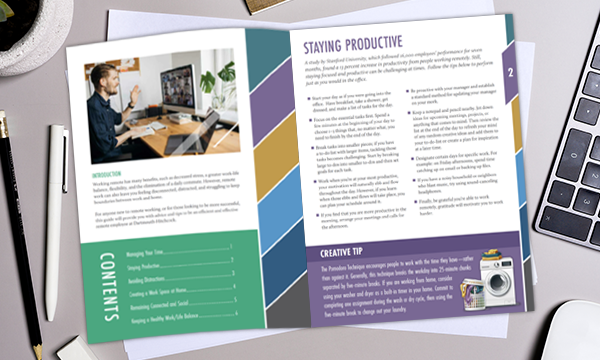
Remote Guide for Employees
A PDF guide on working remotely that was distributed to newly remote employees.

Manager Onboarding Course
Developed within Articulate Rise and Storyline, this course focuses new manager training.

Healthcare Simulation Videos
A video developed to show a medical error that occurred during a simulation so students can practice debriefing.
